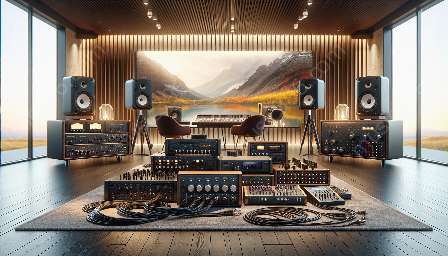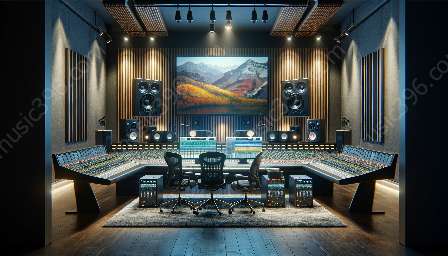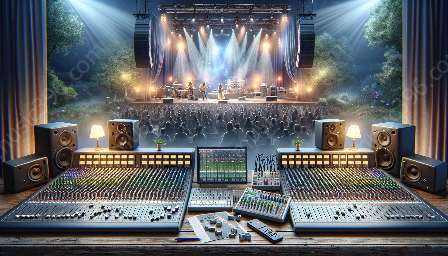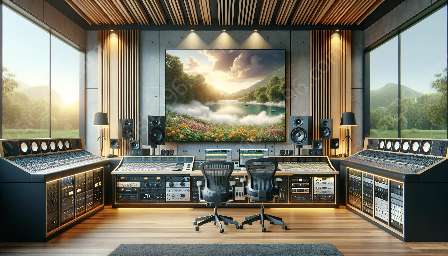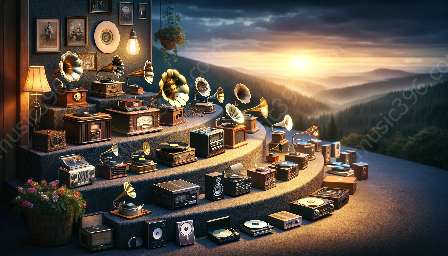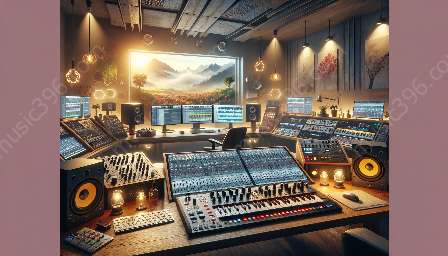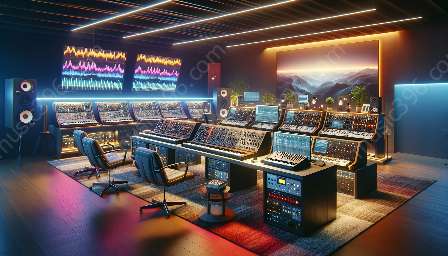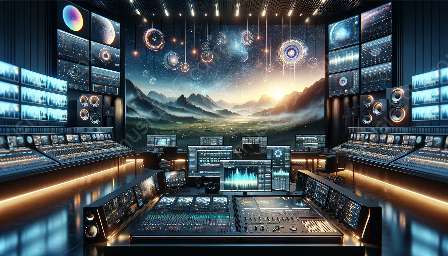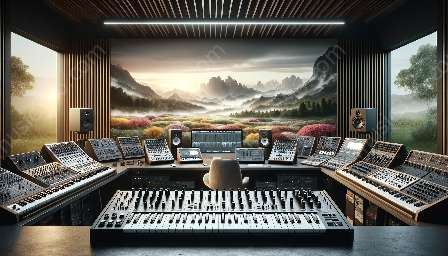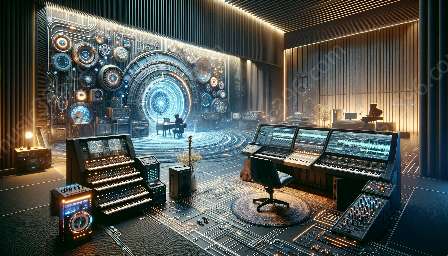Noise reduction technologies have played a crucial role in improving audio production and CD quality over the years. The evolution of these technologies has been driven by the need to minimize unwanted noise and optimize sound quality. Let's delve into the historical developments in noise reduction technologies, their impact on audio production, and CD & audio quality.
The Early Years: Analog Noise Reduction
Historically, the concept of noise reduction in audio production dates back to the early years of analog recording. In the mid-20th century, engineers started experimenting with various techniques to reduce unwanted noise in audio recordings, especially in the realm of magnetic tape recording. One of the earliest forms of noise reduction was the Dolby Noise Reduction system, introduced by Dolby Laboratories in the 1960s. This system used specific encoding and decoding processes to reduce tape hiss and improve audio fidelity.
Digital Revolution: Advancements in Noise Reduction
The advent of digital audio technology brought unprecedented advancements in noise reduction. Digital signal processing (DSP) enabled the development of more sophisticated algorithms and software-based solutions for noise reduction. This led to the introduction of advanced noise reduction plugins and software tools that could effectively remove background noise, hum, and other unwanted artifacts from audio recordings. Additionally, innovations in audio codecs and compression algorithms further improved the overall quality of audio recordings and CDs, reducing the impact of environmental noise during playback.
Integration in Audio Production: Noise Reduction Tools
Noise reduction technologies have become integral to the modern audio production process. DAWs (Digital Audio Workstations) now offer a wide range of built-in noise reduction tools and plugins that enable producers and engineers to refine the sound quality of their recordings. These tools utilize advanced algorithms and machine learning techniques to identify and suppress various types of noise, resulting in cleaner audio tracks and enhanced overall audio quality.
Noise Reduction in CD & Audio Quality
The deployment of noise reduction technologies has significantly contributed to the improvement of CD & audio quality. By minimizing undesirable noise and enhancing audio clarity, these technologies have elevated the overall listening experience for consumers. Moreover, the evolution of noise reduction in CDs has led to the development of high-quality audio formats such as Super Audio CD (SACD) and high-resolution audio, ensuring that listeners can enjoy pristine, noise-free sound reproduction.
Future Trends: AI-Powered Noise Reduction
Looking ahead, the future of noise reduction technologies in audio production and CD & audio quality is poised for further innovation. With the integration of artificial intelligence (AI) and machine learning, the next generation of noise reduction tools and technologies is expected to deliver even more precise and efficient noise suppression, offering unparalleled fidelity and sonic purity in audio recordings and CD playback.
As we reflect on the historical developments in noise reduction technologies, it becomes evident that these advancements have significantly transformed audio production and CD & audio quality, paving the way for a more immersive and enjoyable listening experience for music enthusiasts and audiophiles alike.




